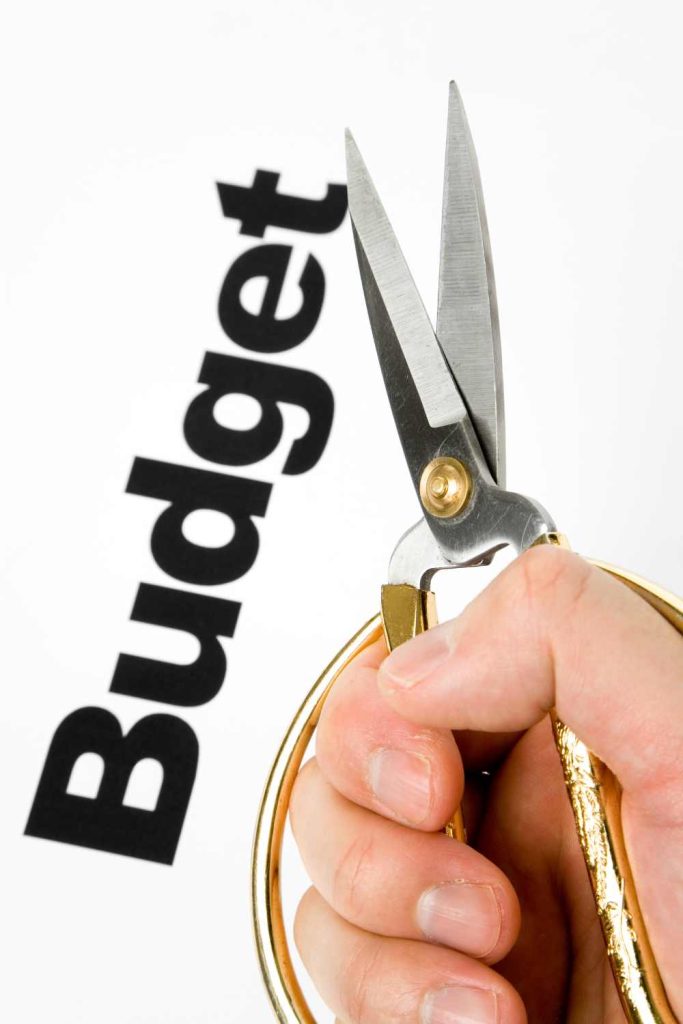If as a man, you want to be a husband and provider, then personal finance is not something you should joke with.
Over the years, I’ve learned that achieving financial stability in marriage is not just about the numbers; it’s a balancing act of willpower, responsibility, and effective communication with your partner.
This is not a tale about amassing great wealth or discovering a quick fix to financial woes, instead, it’s a narrative of the 10 bold steps I took to become a financially stable husband.
It’s about the decisions I made, the strategies I employed, and the personal growth I experienced along the way.
Through it all, I have come to understand that the road to monetary peace is not a sprint, but a marathon, and every bold step counts.
Here are mine:
10 Steps on How I Became A Financially Stable Husband
Step 1. Crafting a Comprehensive Family Budget

For most couples, a budget is a dreaded word; it signifies restrictions and the end of impulsive spending.
However, I chose to see it as a liberating tool that brings transparency to our financial landscape.
My first bold step was crafting a comprehensive family budget.
This wasn’t just about tallying up monthly expenses and income, it was about setting realistic financial goals and outlining a clear path to achieve them.
To start, my wife and I documented all our little expenses.
From the utilities to the occasional indulgences, nothing was too small to track.
This exercise helped us understand where our money was really going, which in turn empowered us to make intentional decisions about our spending.
Step 2. Planning Every Expense Together

In our early years of marriage, my spending and saving were solitary activities.
But as a husband, I quickly realized that every financial decision I made had the potential to affect not only my future but also that of my wife.
I decided to open up and share the financial responsibility with her.
Planning every expense together, no matter how minor, fostered a sense of accountability and unity.
It transformed budgeting from a chore into an ongoing conversation.
We learned to prioritize and compromise, finding a middle ground that aligned with our shared values and long-term plans.
Step 3. Building an Emergency Fund
One of the most vital steps I took was establishing an emergency fund.
Life is unpredictable, and financial security in marriage means being prepared for the unexpected.
We started by setting a reachable initial target and steadily contributing to it with each paycheck.
This fund isn’t just about cushioning the blow of financial hardships; it’s also a safety net for the dreams we cherish.
Whether it’s a sudden medical expense or an exciting impromptu adventure, having a robust emergency fund brings peace of mind and ensures we can handle whatever comes our way.
Step 4. Investing in Myself
To be a financially stable husband, one must safeguard the present and invest in the potential of the future.
I committed to ongoing self-improvement, be it through education, entrepreneurship, or professional development.
These investments have not only enhanced my earning potential but have also enriched our lives.
By constantly learning and growing, I’ve been able to contribute more to our financial stability and open up new opportunities for our family.
Step 5. Minimizing Debt, Maximizing Experience

Debt can be a significant obstacle to financial freedom.
Through careful planning and steadfast commitment, my wife and I embarked on a debt-reduction engagement.
We focused on paying off high-interest debts first while avoiding accruing more.
This process wasn’t about deprivation but rather about redirecting our resources toward creating lasting experiences.
We discovered that the more we minimized our debt, the more freedom we had to travel, invest in our passions, and savor the experiences that truly enrich our lives.
Step 6. Exploring Multiple Income Streams
I’m a firm believer in the power of diversification, and that extends to our family’s income.
I explored multiple income streams to bolster our finances and minimize risk.
I took on freelance projects, invested in stocks, and even looked into passive income opportunities.
This step has not only provided us with financial stability but has also kindled a spirit of entrepreneurship in our household.
By diversifying our income, we’ve been able to weather economic downturns and ensure a more secure future.
Step 7. Standing by for the Long Term

The bold step I’ve taken as a financially stable husband is to stand firm in my commitment to the long term.
I’ve learned that the road to financial peace is often marked by temptations and uncertainty.
But by constantly re-evaluating our goals, staying true to our shared vision, and adjusting our course when necessary, we continue to grow stronger.
In the end, the financial stability I sought was not a destination but a way of living.
It’s a commitment to each other, to our family, and to a future that’s both secure and full of promise.
It required courage and discipline, but the rewards have been immeasurable.
Our financial foundation is now rock solid, and we face the future with confidence and optimism.
Step 8: Open Conversations about Wealth

Money remains one of the most taboo topics, and it lives on its own.
We eradicated silence and unease around money by having open, honest conversations about our finances.
Budgeting discussions no longer devolved into arguments.
They became a shared exploration, each conversation a strategic session where we planned the future together.
Step 9: The ‘No More Debt’ Pact
Debt can be a necessary tool, but it’s a double-edged sword.
We made a pact to eliminate our non-essential debts, starting with the higher-interest ones.
Each payment felt liberating, a step closer to financial autonomy.
Choosing not to accumulate more debt required a change in mentality—the realization that what is quickly attainable is often not necessarily worth having.
Step 10: Mastering the Art of Patience
Our final bold step was perhaps the most counterintuitive in a culture of instant gratification.
We mastered the art of patience.
We began saving for our desires instead of purchasing on credit.
We waited for sales, chose quality over quantity, and learned that the delayed reward is often the sweetest—and the most sustainable.
These steps were not an immediate panacea for our financial concerns.
Some were met with resistance, with moments of doubt as to whether they were truly helping.
Yet, one thing remained irrefutable: our being on the same page and working in concert towards a common financial goal has transformed our lives.
We’re not just surviving; we’re thriving in our shared stability.
The transformation that took place did not just reshape our bank account; it redefined the essence of our partnership.
Financial stability was no longer a consequence of our marriage; it was its facilitator, allowing us the freedom to build our future without the constraints of fiscal fear.
In hindsight, these steps were not bold; they were simply the next logical move in a dance we wished to lead together in harmony and solvency.
